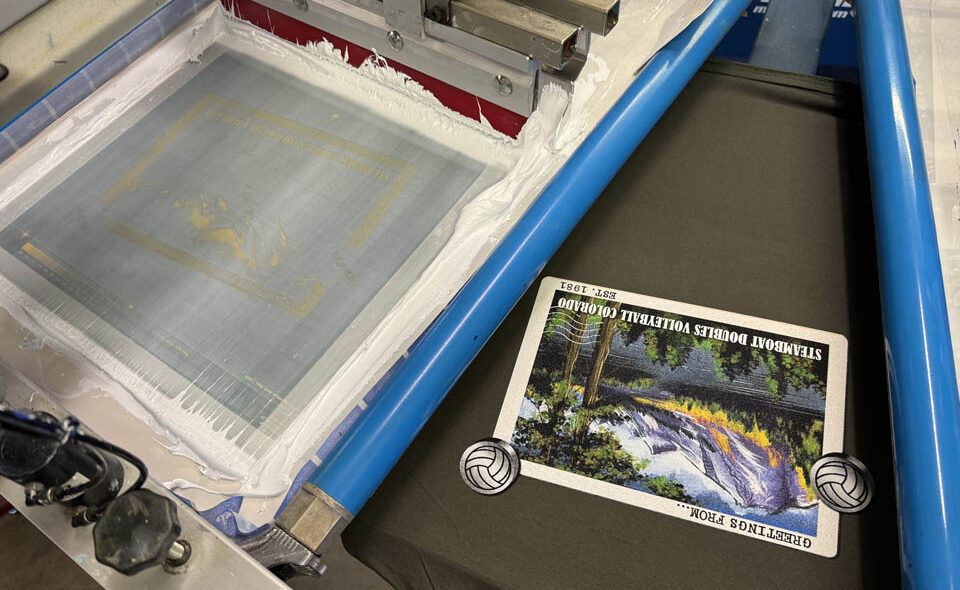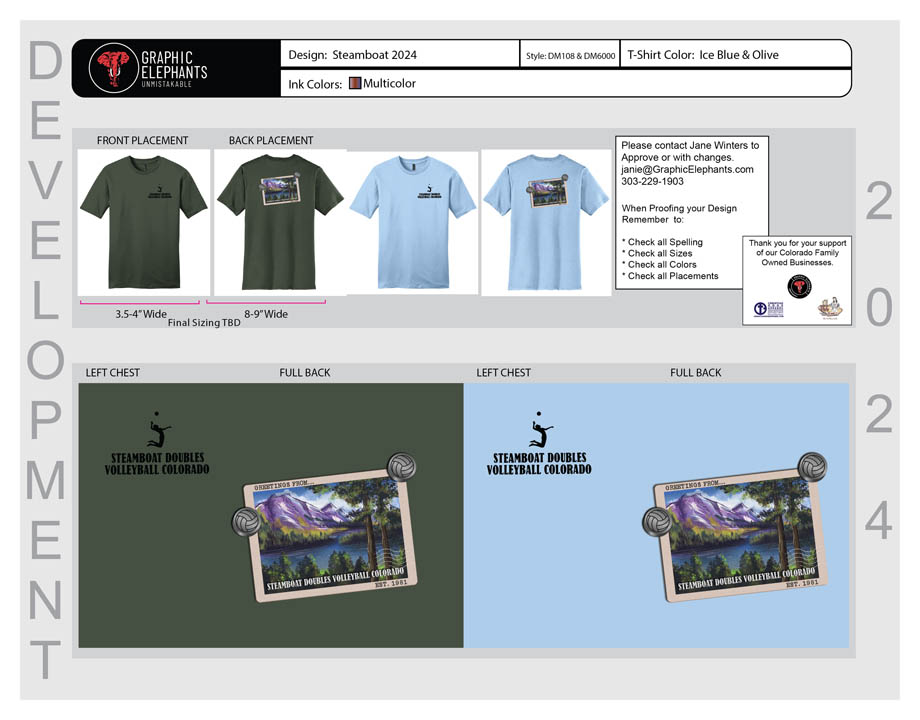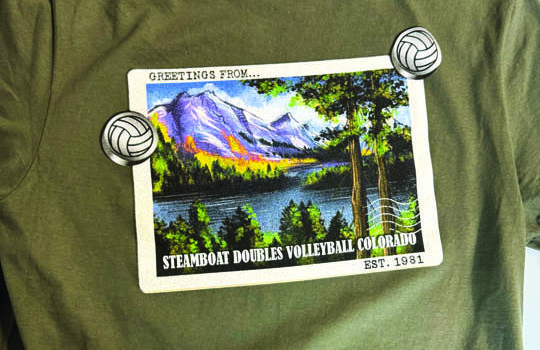Tracing back the origin of the postcard is difficult because postcards were not necessarily invented but instead evolved. Their history is inevitably linked with the development of the postal service but also highlights innovations in printing and photography as well. We can chronicle the history of postcards through relevant events going back several centuries. Postcards were officially issued and recognized in 1869. A postcard is a piece of thick paper or cardstock, typically rectangular, intended for writing and mailing without an envelope. Production of postcards blossomed in the late 19th and early 20th centuries. They became popular as an easy and quick way for individuals to communicate. The study and collecting of postcards is called deltiology. Pretty cool, eh?
 A stamp is issued by a post office to pay postage. Postage stamps have facilitated the delivery of mail since the 1840s. Before then, ink and hand stamps (hence the word stamp) were used to mark the mail and confirm payment. By 1860, stamps were in 90 countries around the world. Stamps usually feature the issuing nation, a denomination of its value, and an illustration symbolizing any number of traditions, values, or icons. Stamps are usually printed on rectangular paper with an adhesive back. Because governments issue stamps of different denominations and routinely discontinue and introduce others, illustrations and association with the social and political realities of the time are sought after by collectors for their beauty and historical significance. The study of their history and of mailing systems is called philately. Also, pretty cool. You would think we could tell the difference. More on that later.
A stamp is issued by a post office to pay postage. Postage stamps have facilitated the delivery of mail since the 1840s. Before then, ink and hand stamps (hence the word stamp) were used to mark the mail and confirm payment. By 1860, stamps were in 90 countries around the world. Stamps usually feature the issuing nation, a denomination of its value, and an illustration symbolizing any number of traditions, values, or icons. Stamps are usually printed on rectangular paper with an adhesive back. Because governments issue stamps of different denominations and routinely discontinue and introduce others, illustrations and association with the social and political realities of the time are sought after by collectors for their beauty and historical significance. The study of their history and of mailing systems is called philately. Also, pretty cool. You would think we could tell the difference. More on that later.
The order
Our client came to us with a simple request. They needed event shirts for a tournament held in Steamboat, Colorado — one of the most beautiful places on earth. Two small jpegs and the words “postcard like” were provided. Steamboat is a great ski and snowboard community far enough away from the city that the crowds tend to be mild. This event would be in the summer, so no snow or winter icons you might associate with a ski town in the Rockies were appropriate. We started with a frame style of a stamp that we created in Adobe Illustrator. This file was placed as a Smart Object in Photoshop at 300 DPI to add the raster elements. We decided to go with a summer scenic mountain motif. Steamboat has some iconic scenery, most notably Steamboat Mountain, with snow on the caps and gorgeous in the summer as well. So, we did the research and referenced imagery to achieve the desired result by finding good photos of the subject matter.
To remove secondary elements in the background, we used the Polygonal Lasso Tool to maneuver around images and non-organic objects we wouldn’t select. The grayscale images were best in this situation as the values were already broken down, essentially with a mid-tone grey, black, and white. Utilizing channels to set up the different values was a great way to create and separate at the same time. On a selectable layer, the wand tool was used to select colors within the image to be manipulated. We again used the obvious contrasts to create the basic representation of them effectively. We broke down the values in the imagery to achieve the look by controlling how they blend and knockout from each other. For the sky, we removed the secondary items from the background. The background was replaced with a photo of clouds to give a classic look to the image.
Um … hello … the client requested a postcard, and we created a postage stamp. Oops. The devil is in the details, they say. Adjustments were made and the final composition was approved.
For the white printer or baseplate, the composition was made grayscale first and changed into a bitmap image. The texture was only a secondary effect from the main elements so we wouldn’t need every detail. It would make it easier to print by simplifying the tones and colors. We broke out mid tone, highlight contrast, dark contrast, and the black recesses. After the initial separation, we applied a posterize filter effect to simplify the information further. We utilized Levels and Curves to achieve the densities desired.
As we set up the art on our artwork board in Illustrator for output to CTS (computer to screen) and prepared to make screens, we decided to put the image at an angle. We did this to avoid squeegee chatter in addition to creating a better composition. The art had horizontal lines. The squeegee would be able to catch these lines and pull the mesh slightly, causing a slight shiver and could give us some blurry print results. By putting the art at an angle, the squeegee would start on the corner and then stroke smoothly through the image.
We outputted at 55 LPI (lines per inch). The white printer screen was a N-205 followed by a flash and a heated iron for smoothing. The balance of the screens ran wet on wet on N-272’s. All screens were hi-tension dyed mesh stretched on retensionable frames and stabilized at 45 N/cm2 with minimal off-contact distance. Squeegees were all triple ply duel durometer 65/90/65s. We would choose ink colors with a naturalistic feel. Gotta have purple mountains right?
In some places, we send a postcard for a lower fee than a letter. Stamp collectors distinguish between postcards that require a postage stamp and postal cards which have postage preprinted. While a postcard is usually printed and sold by a private company, individual, or organization, a postage stamp is issued by the relevant postal authority. Duh!









